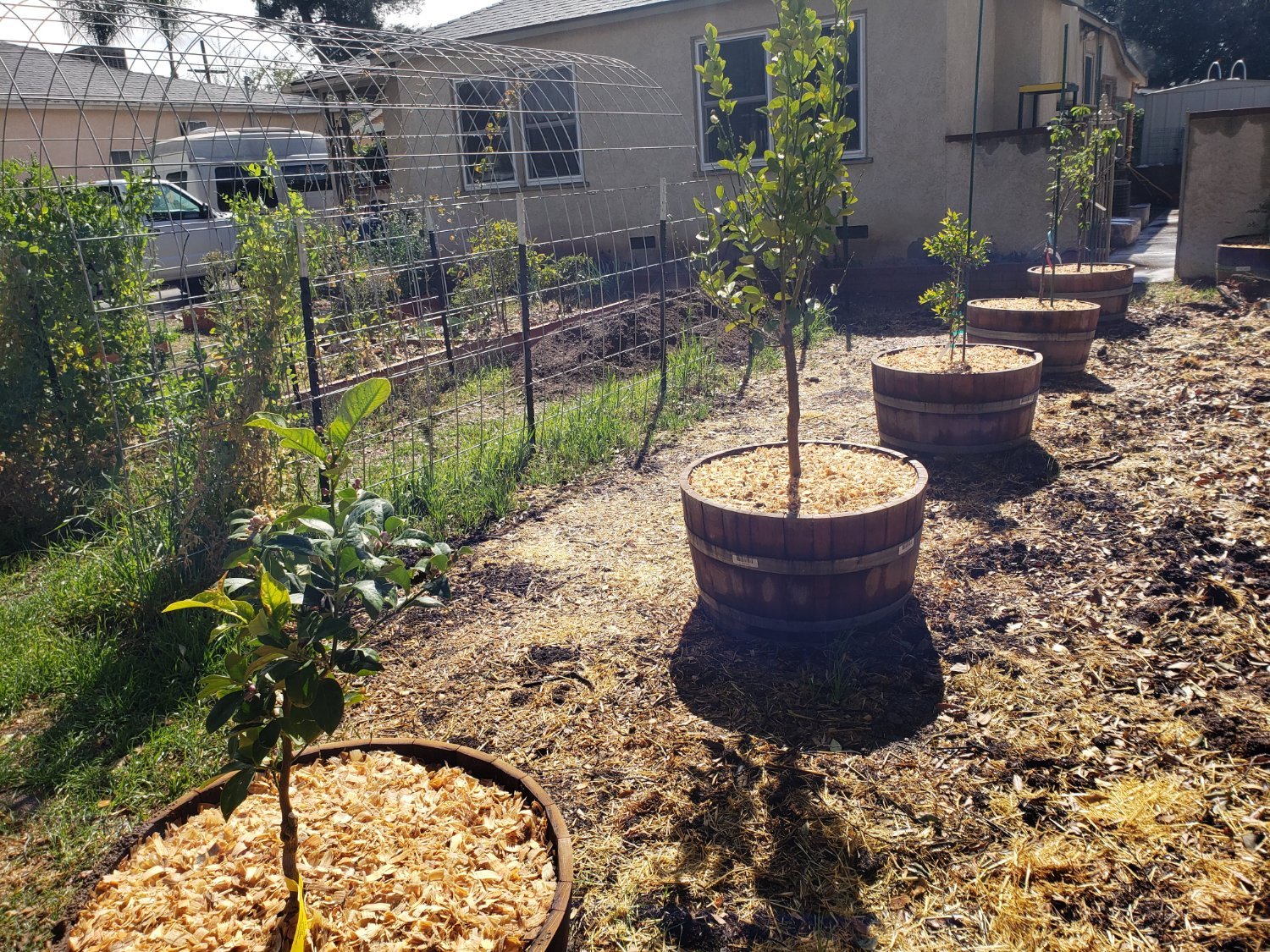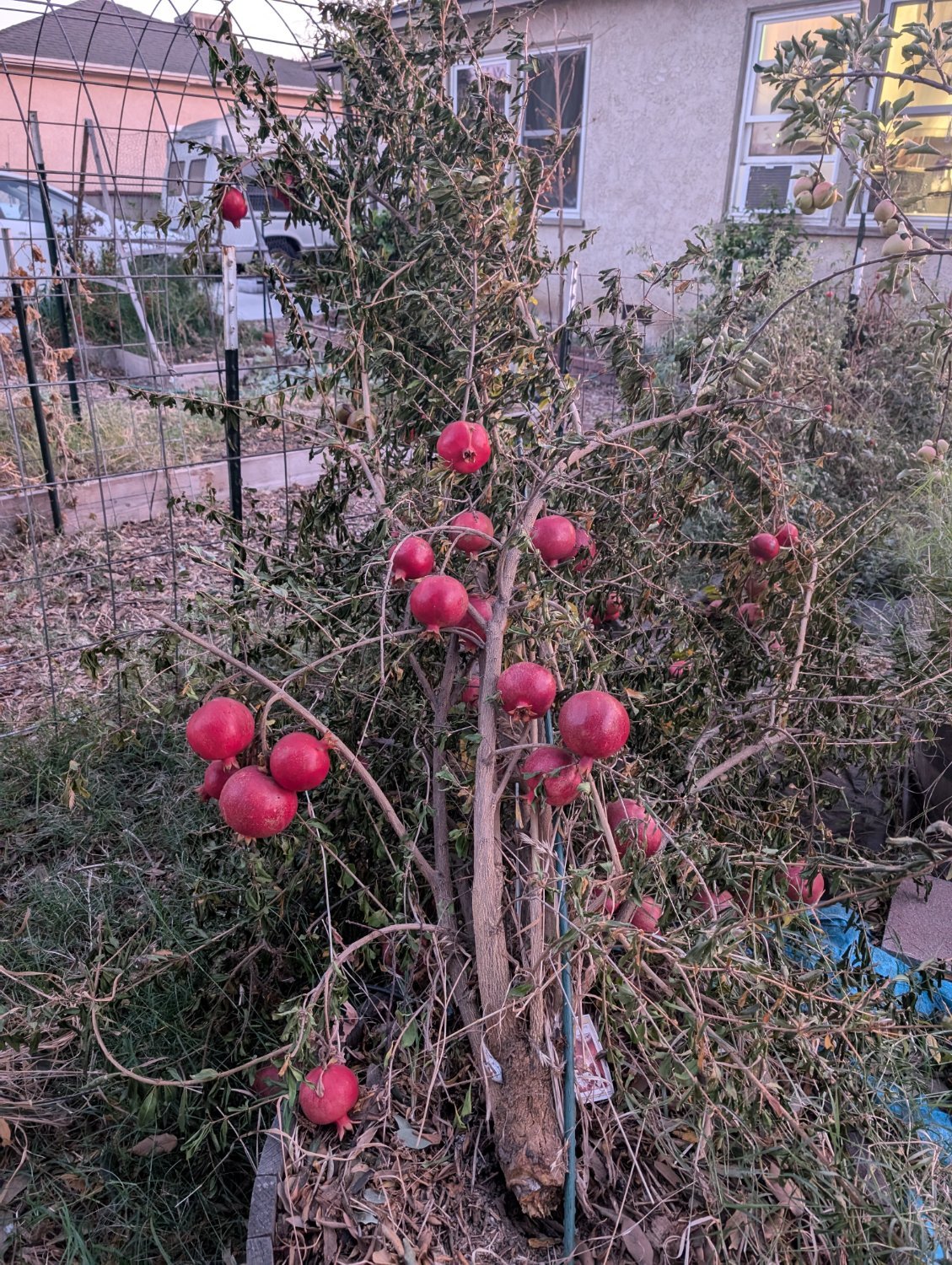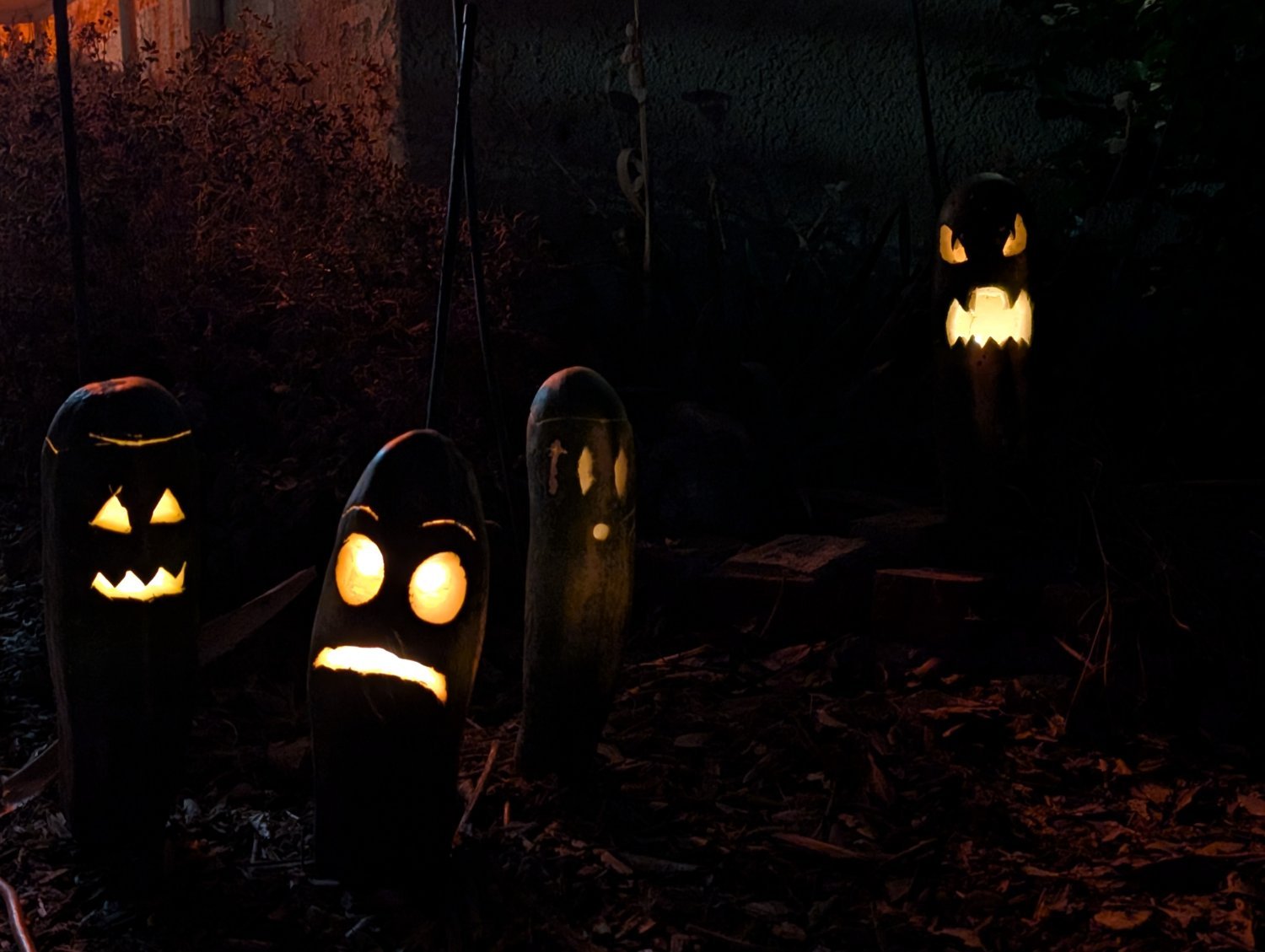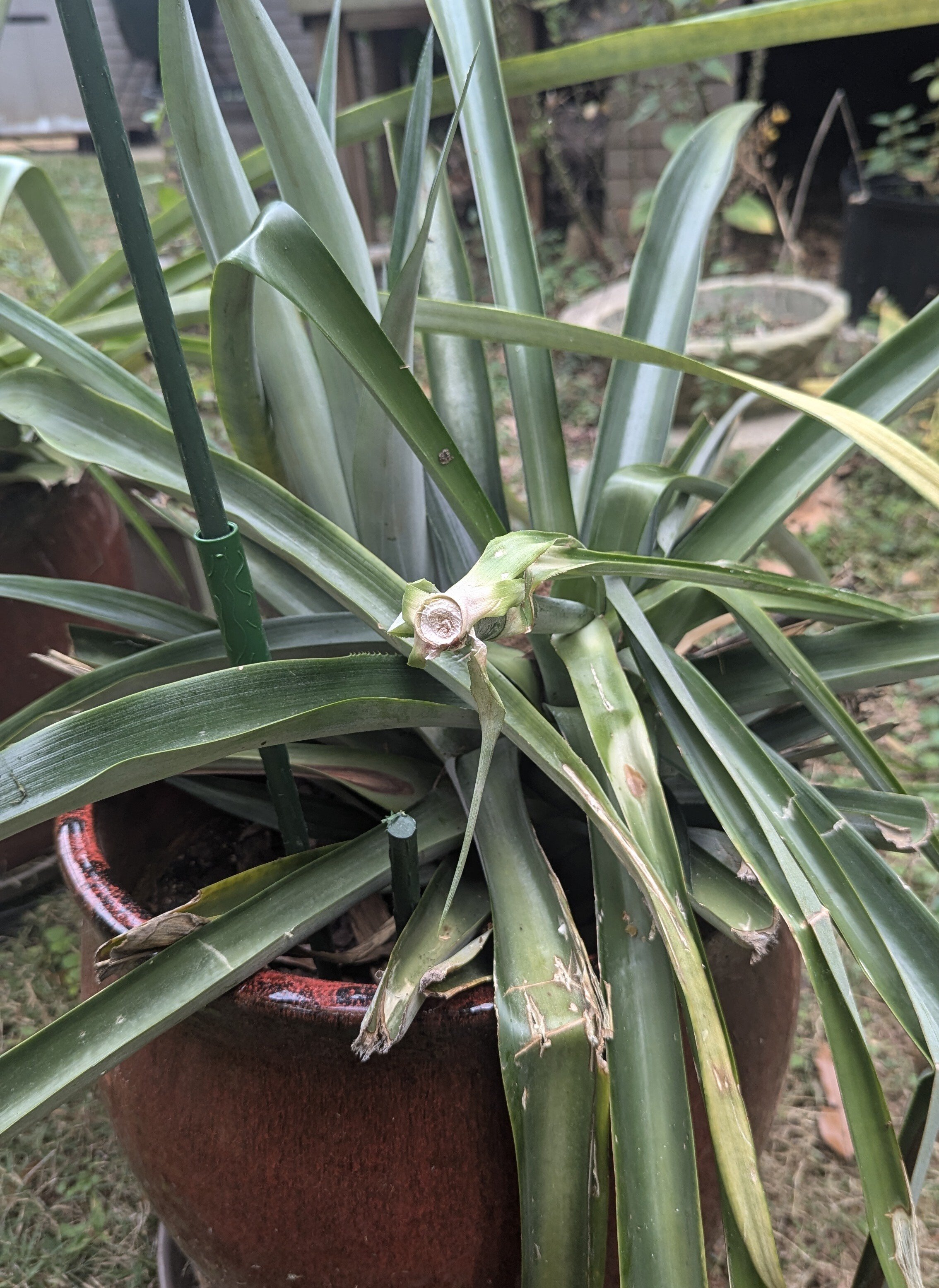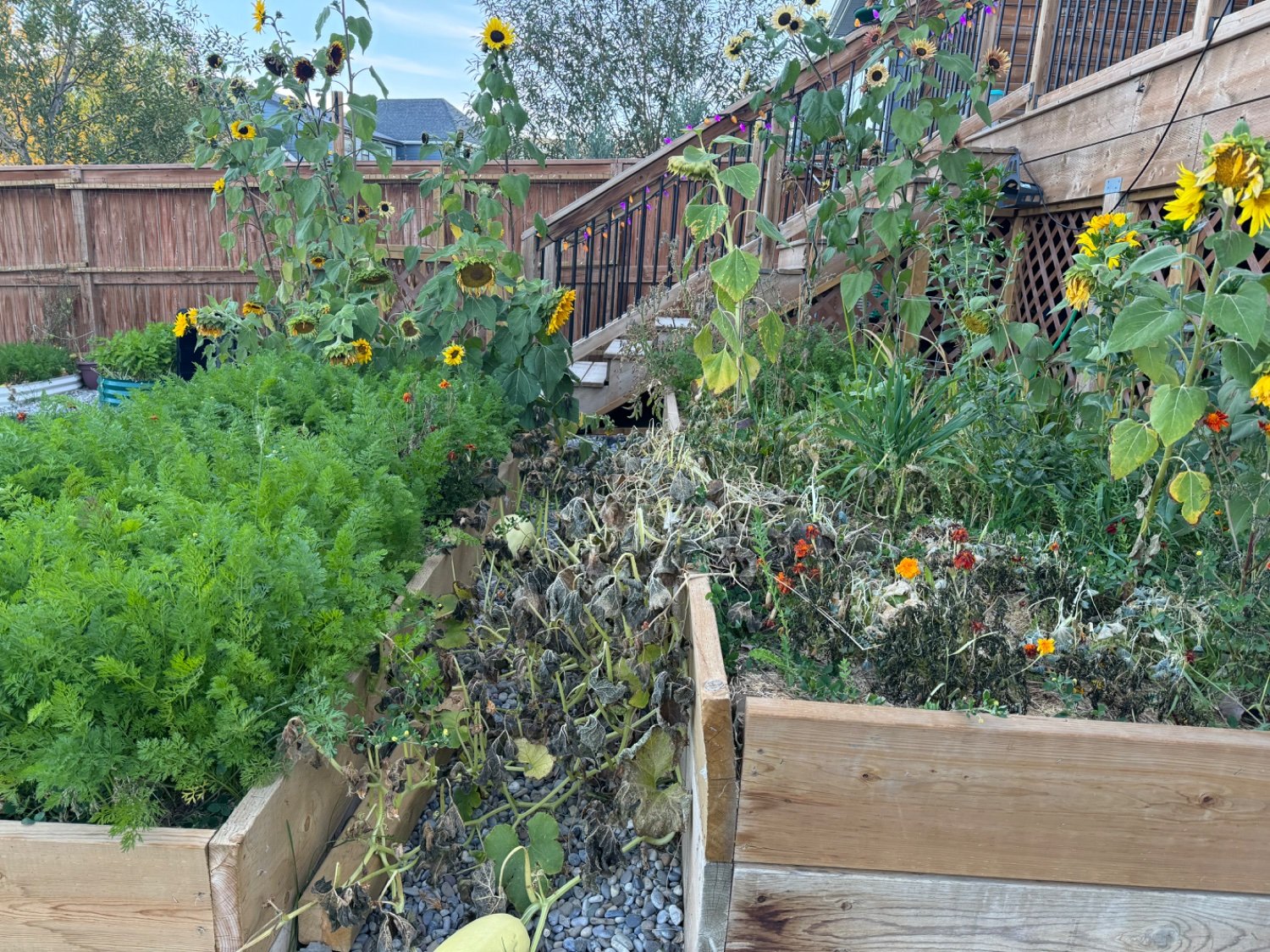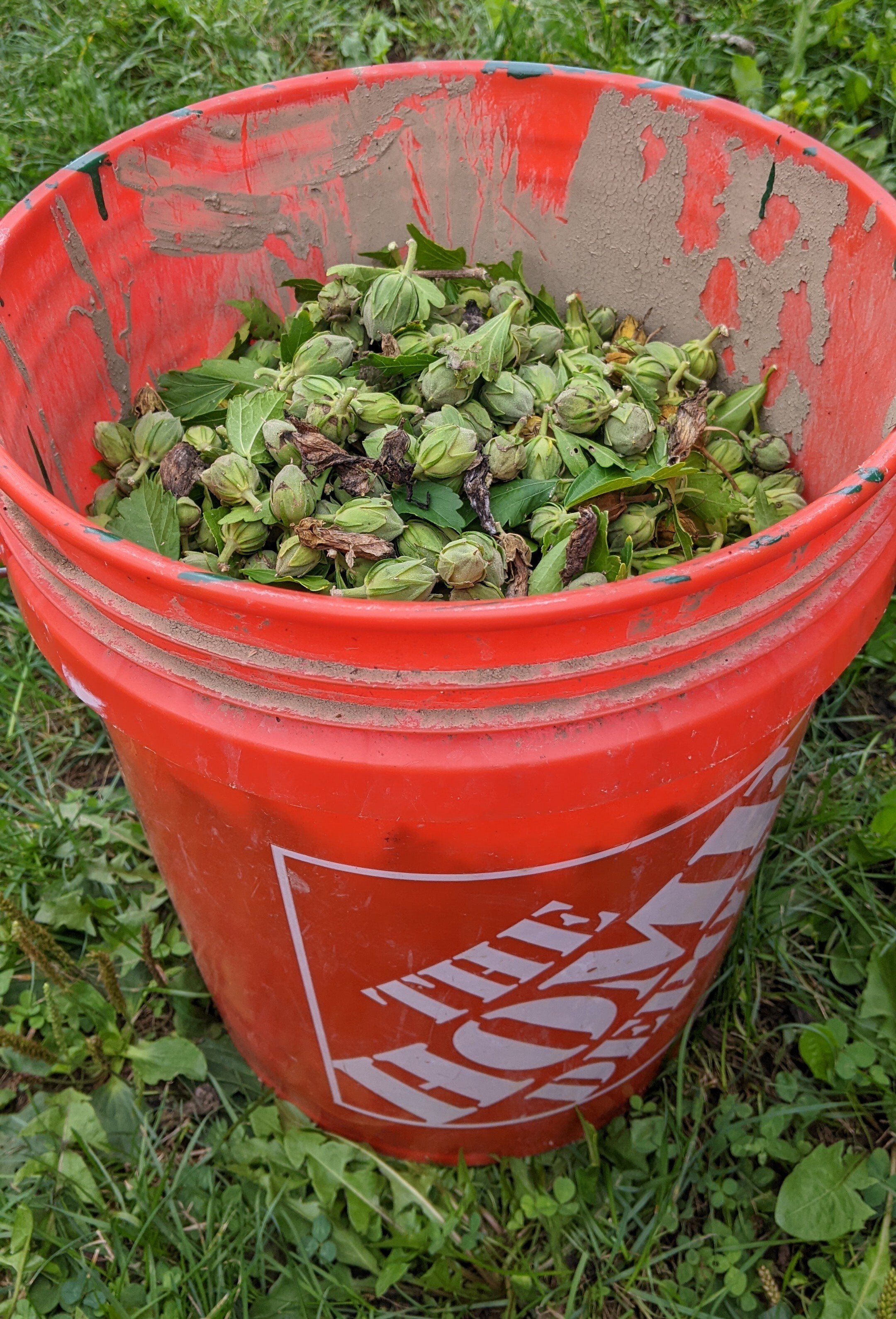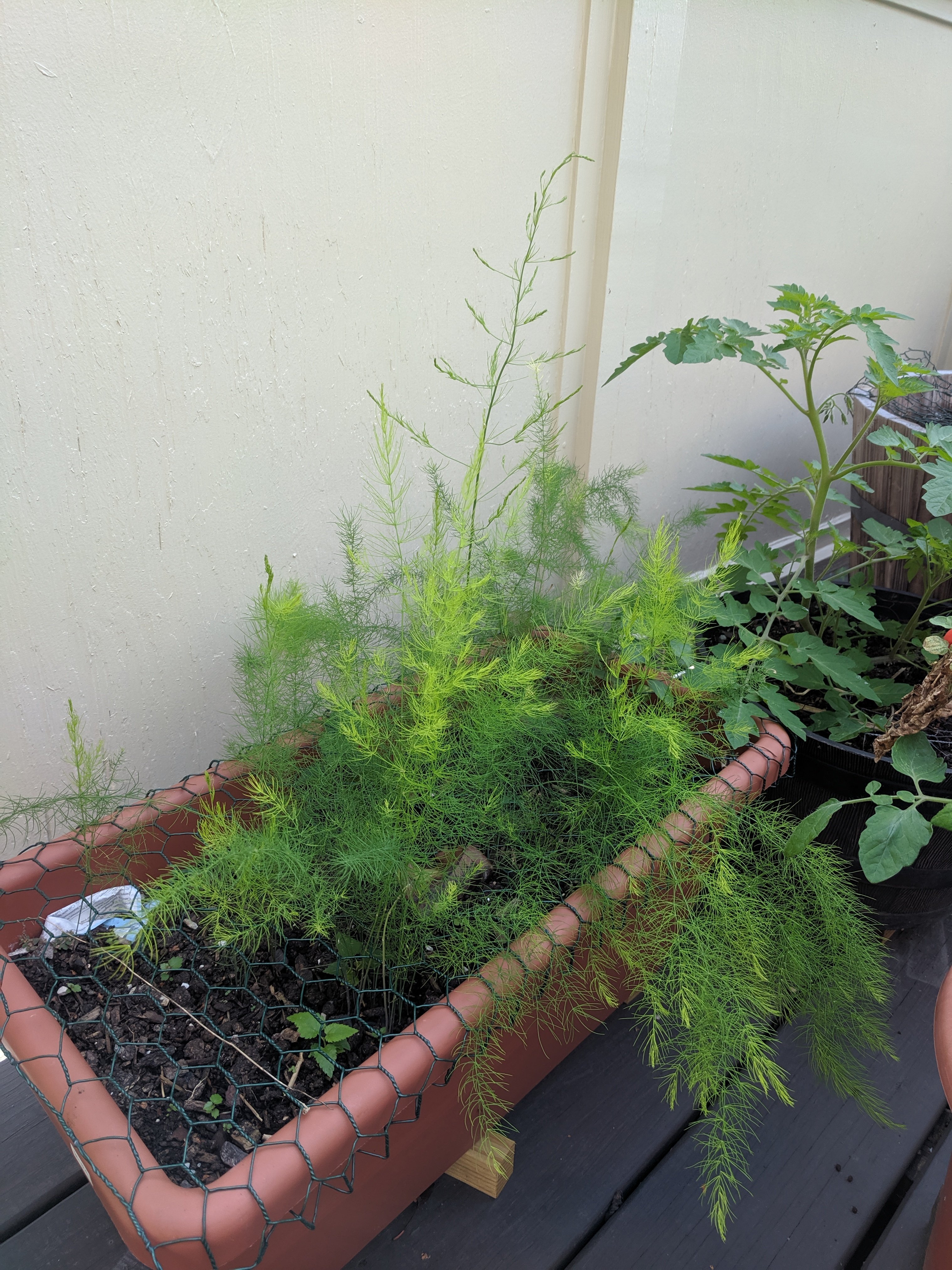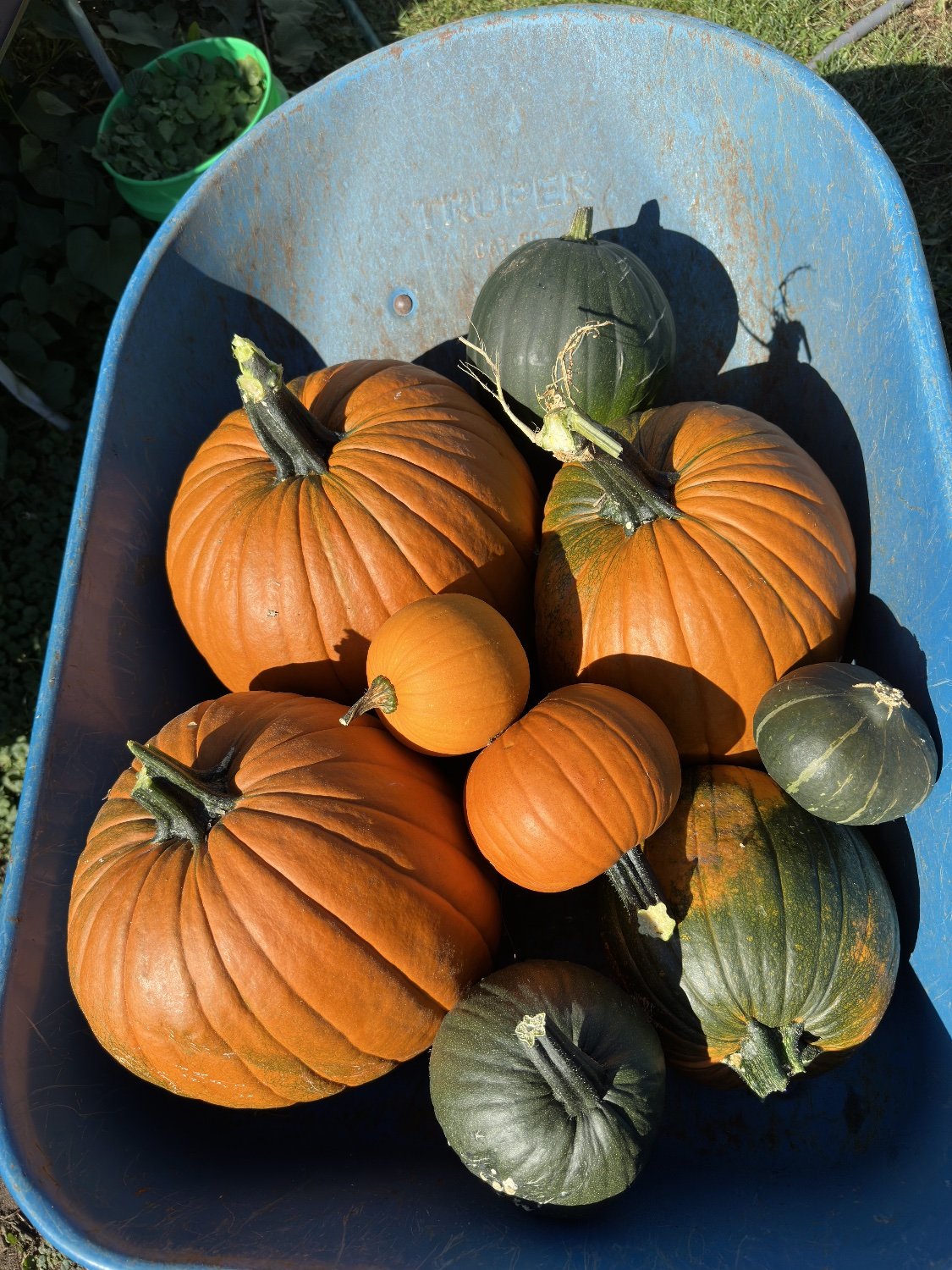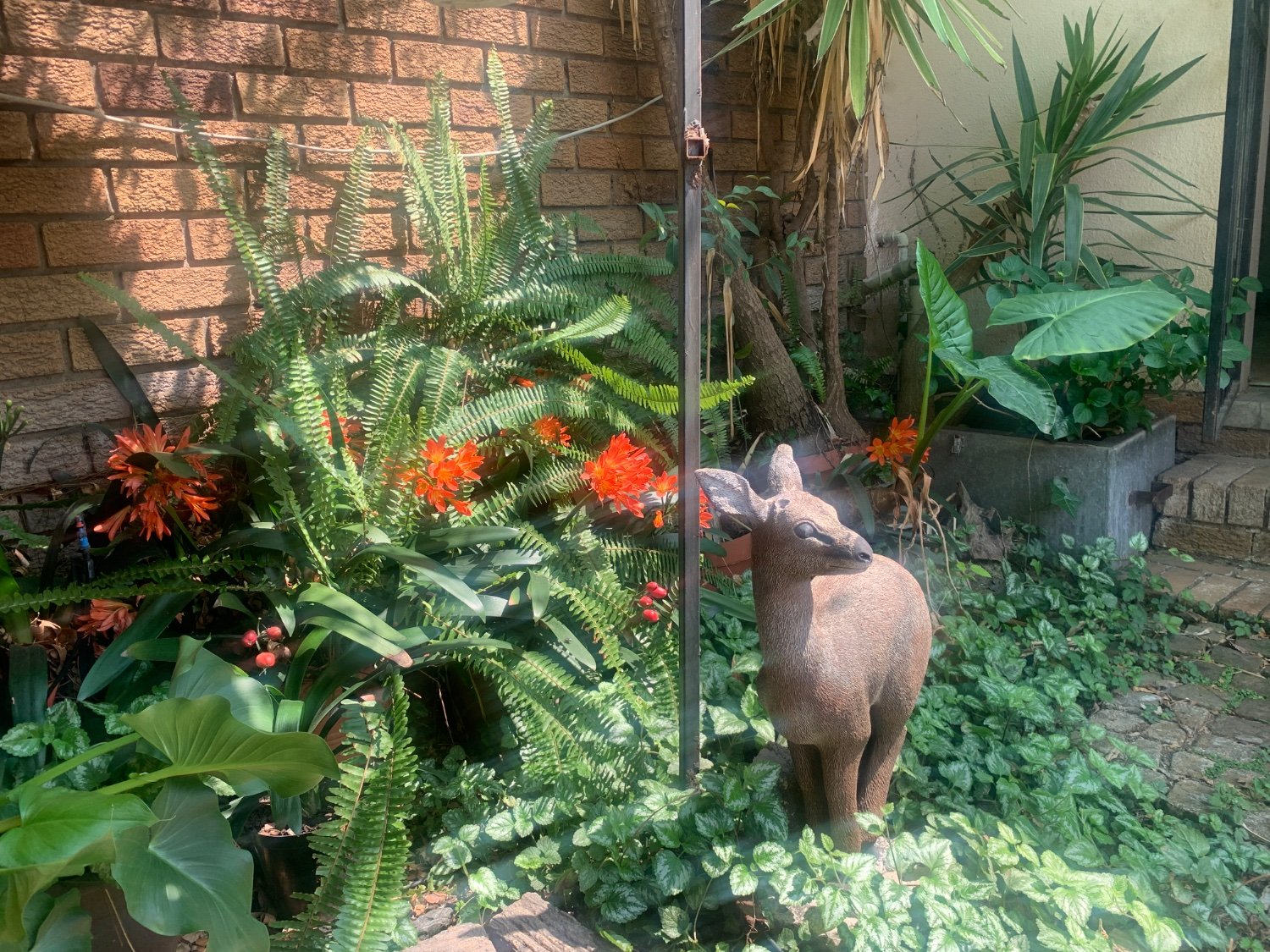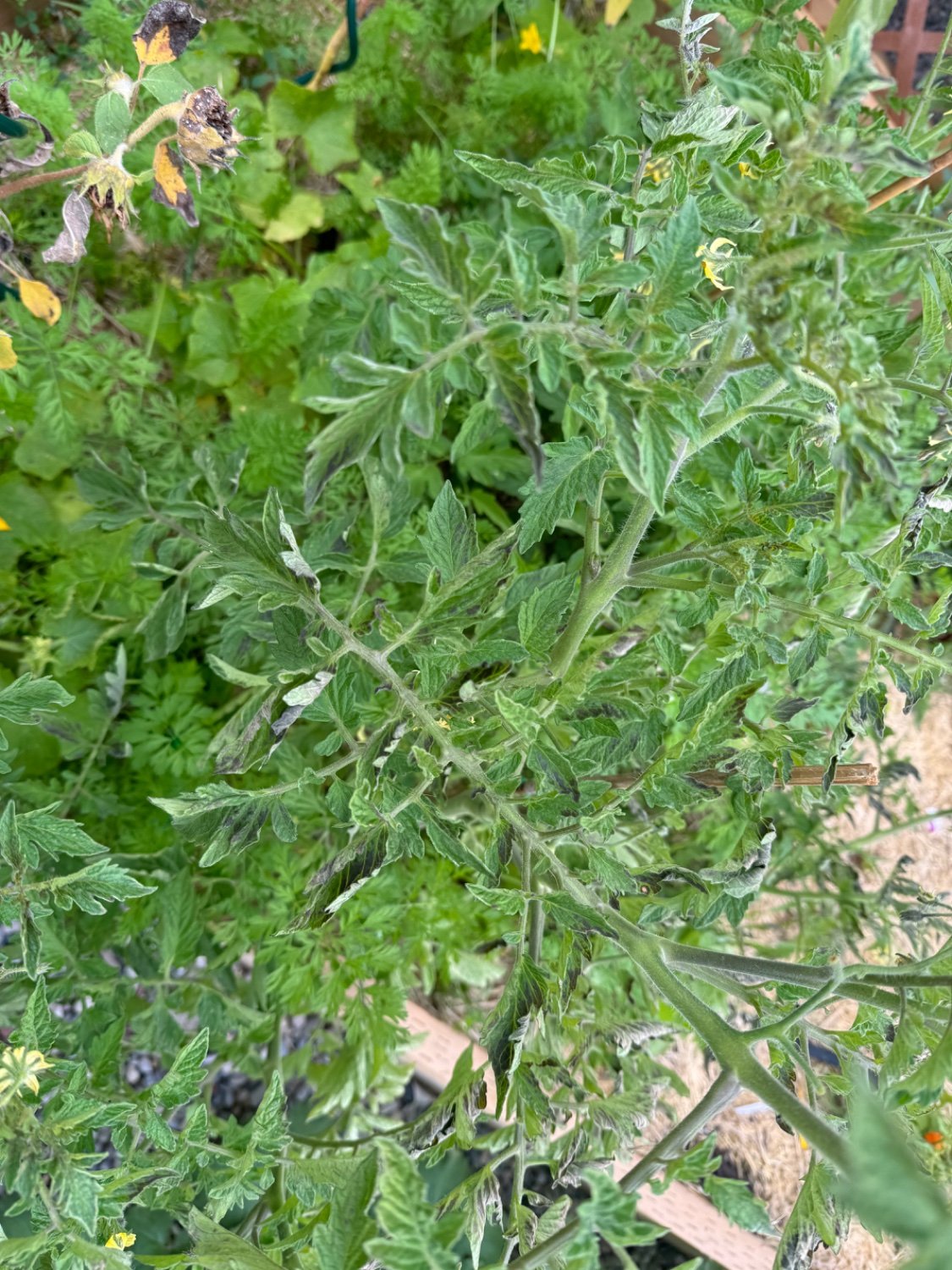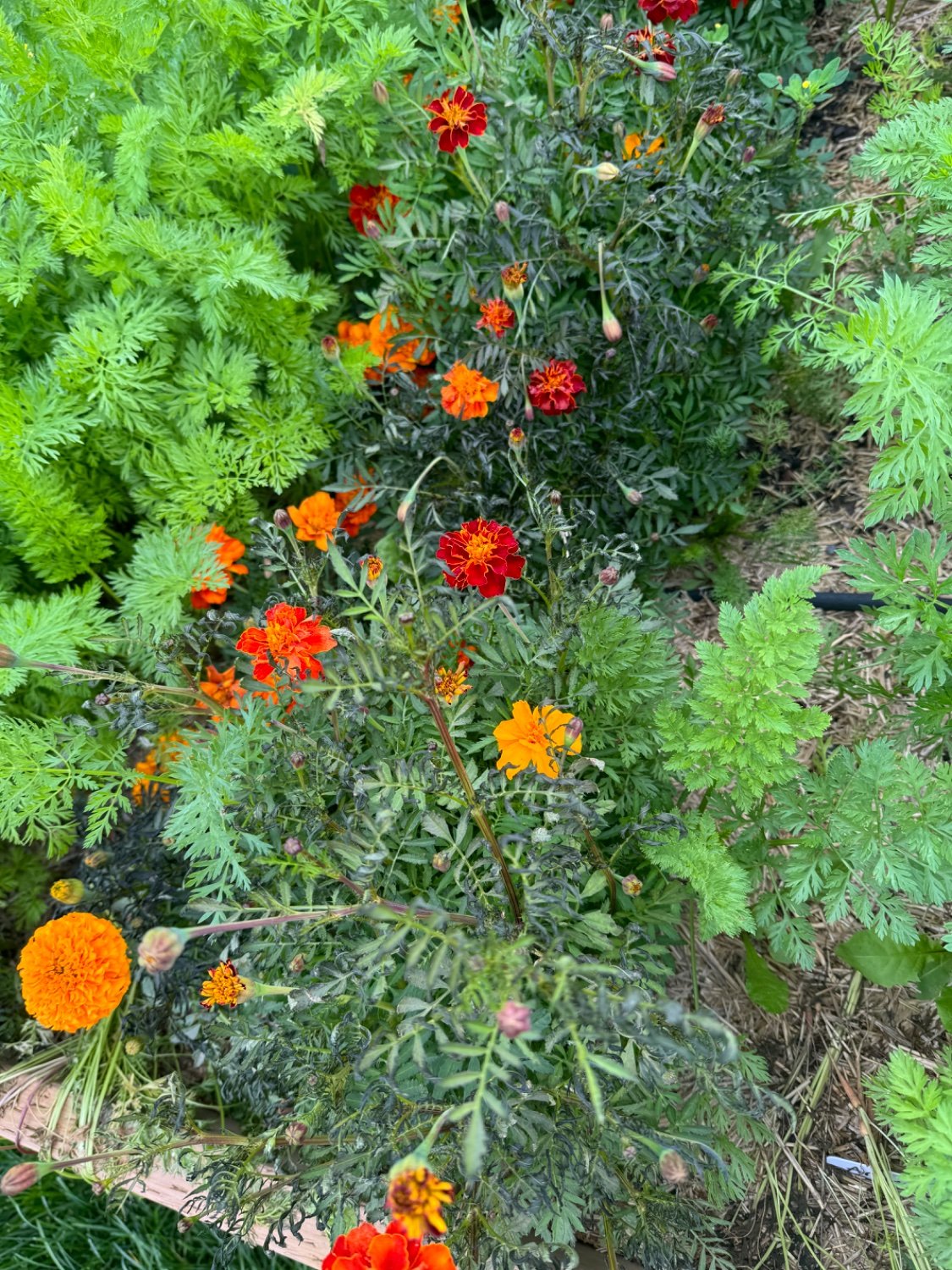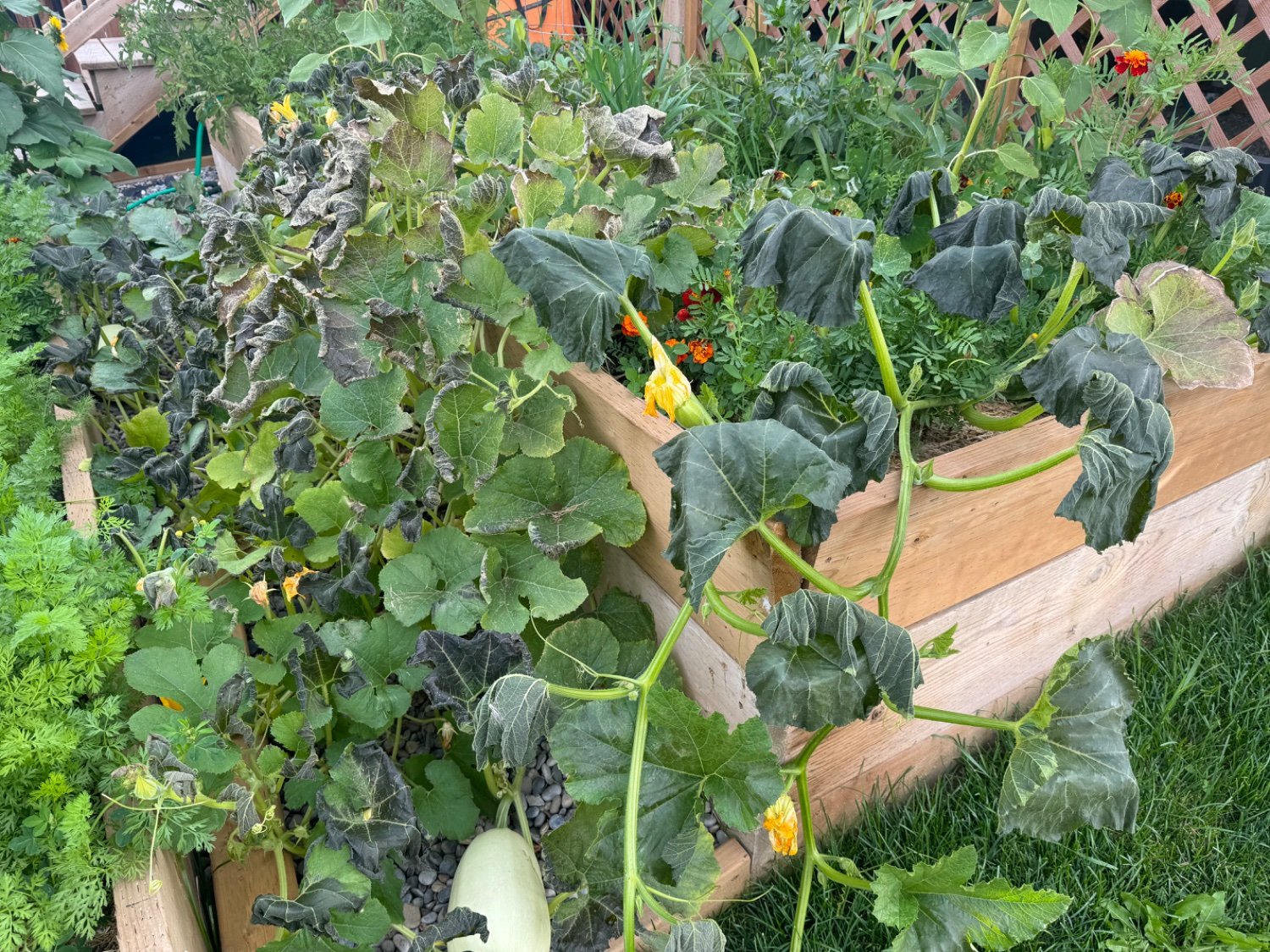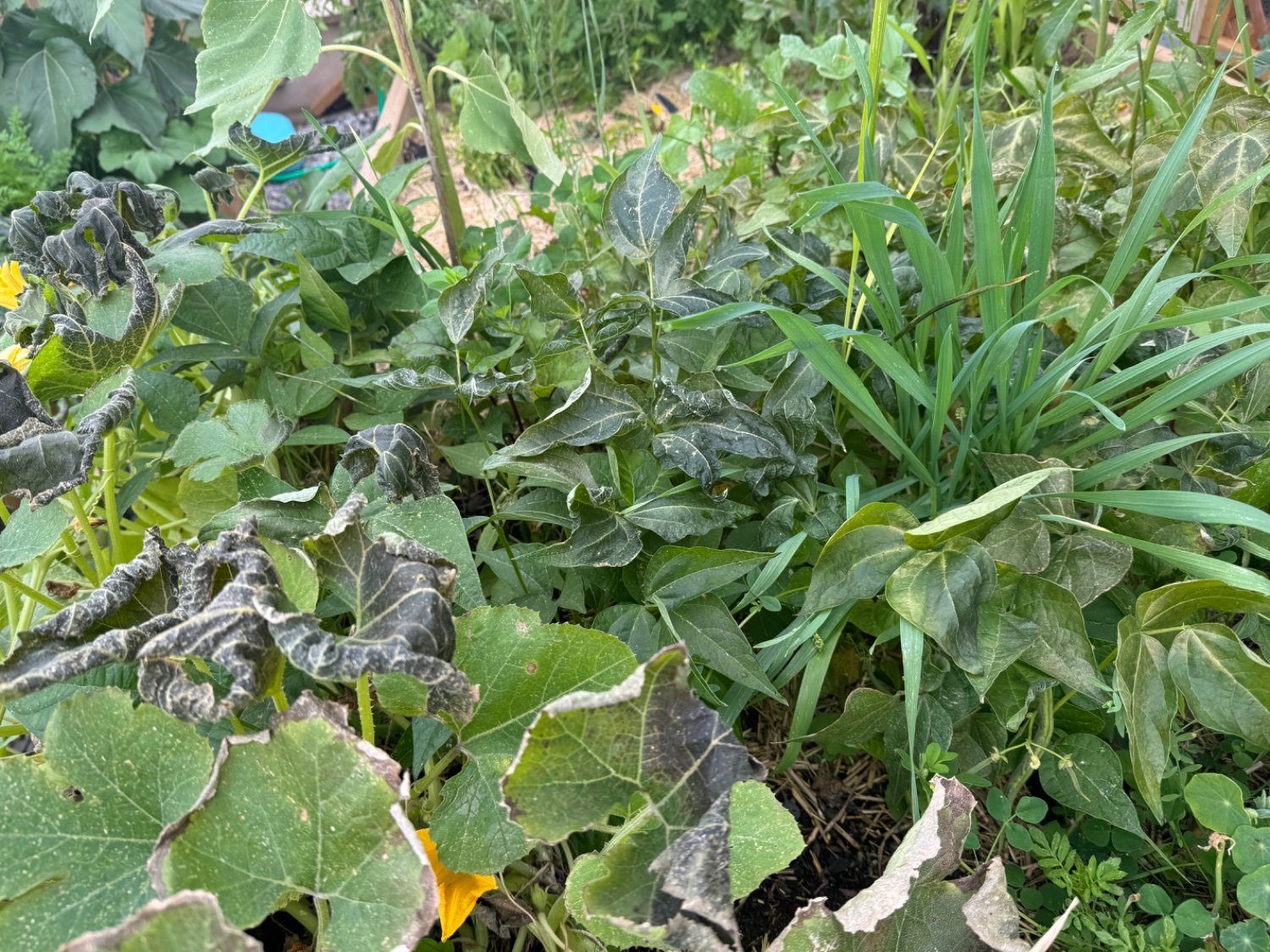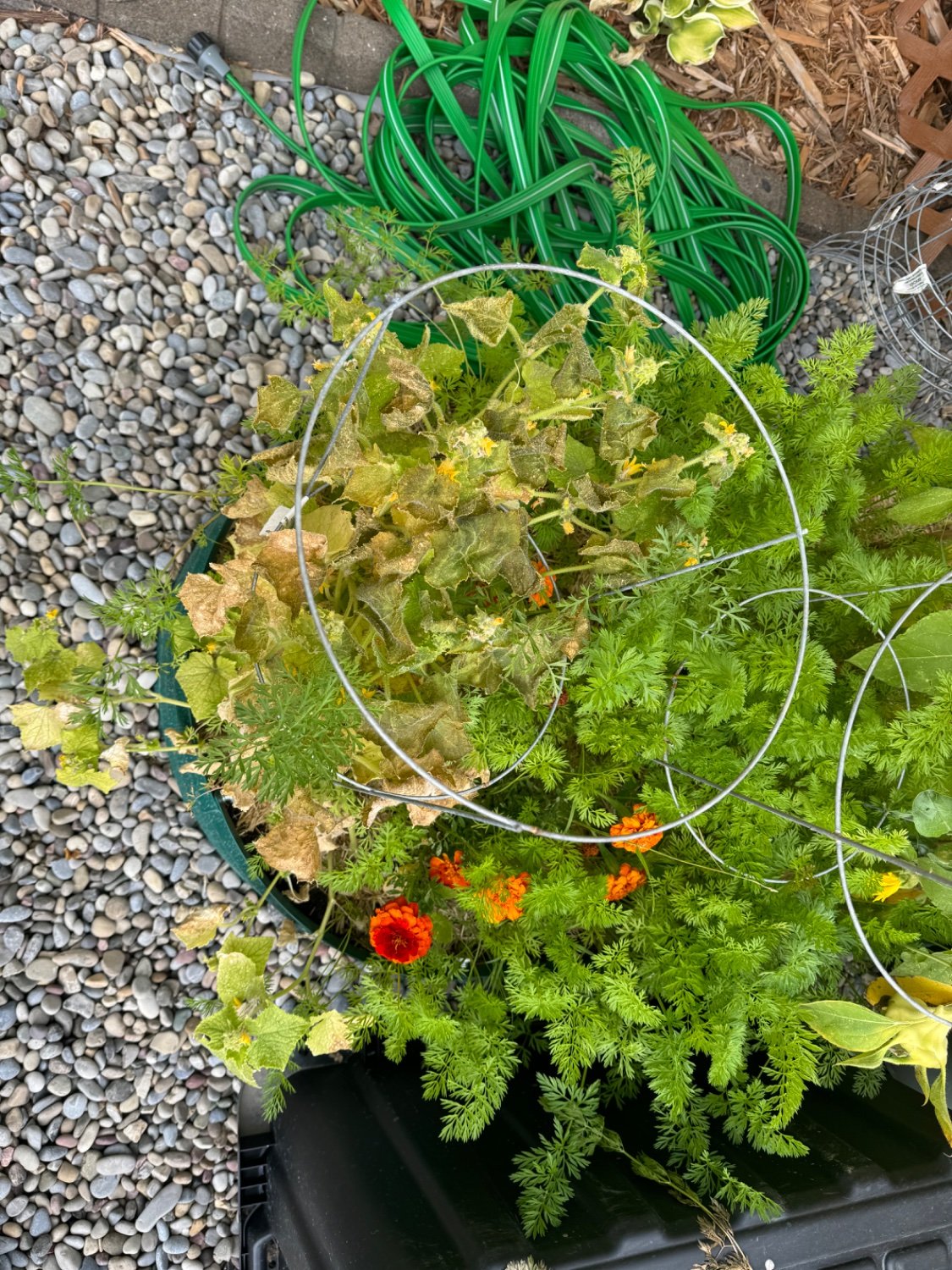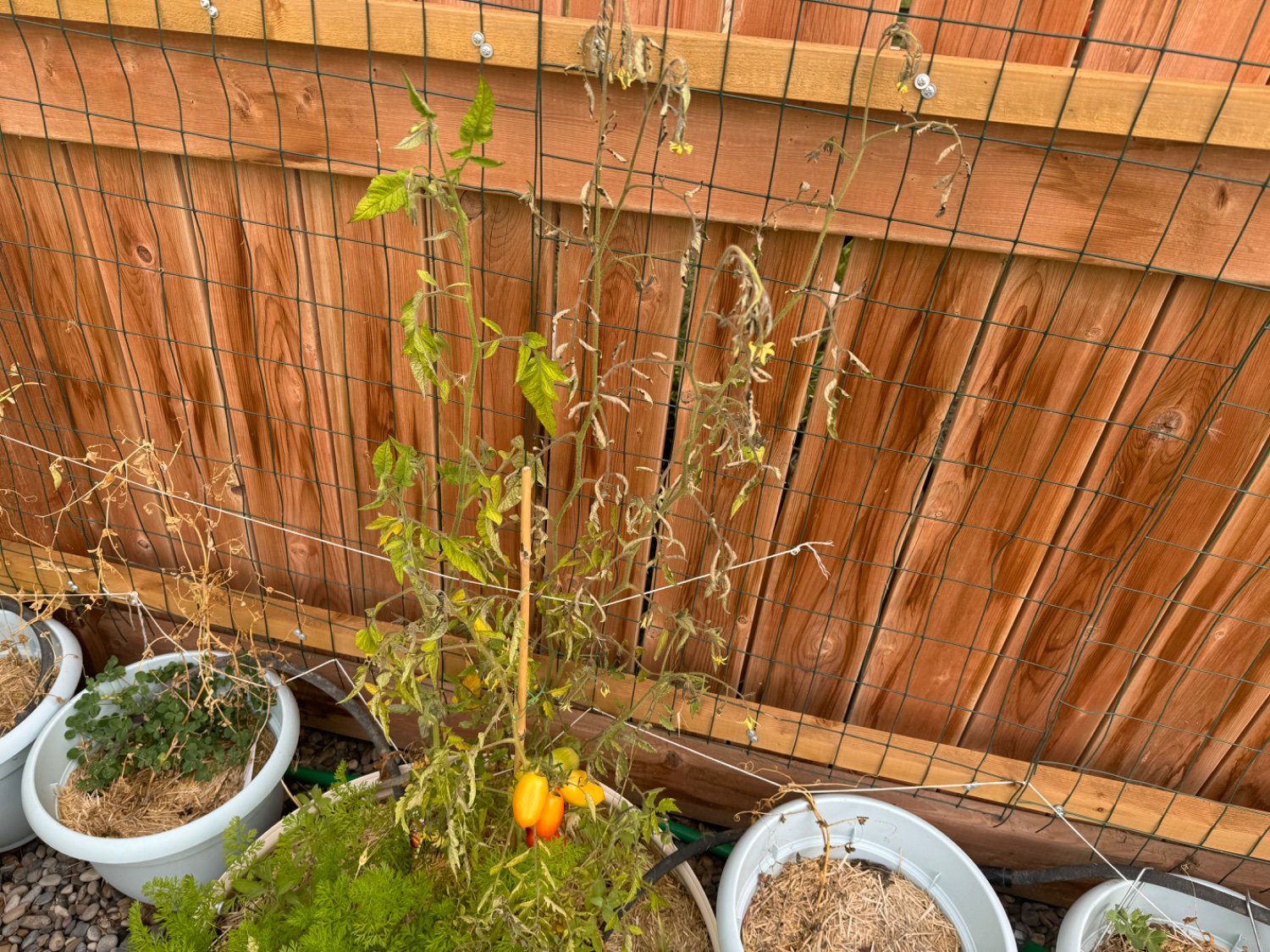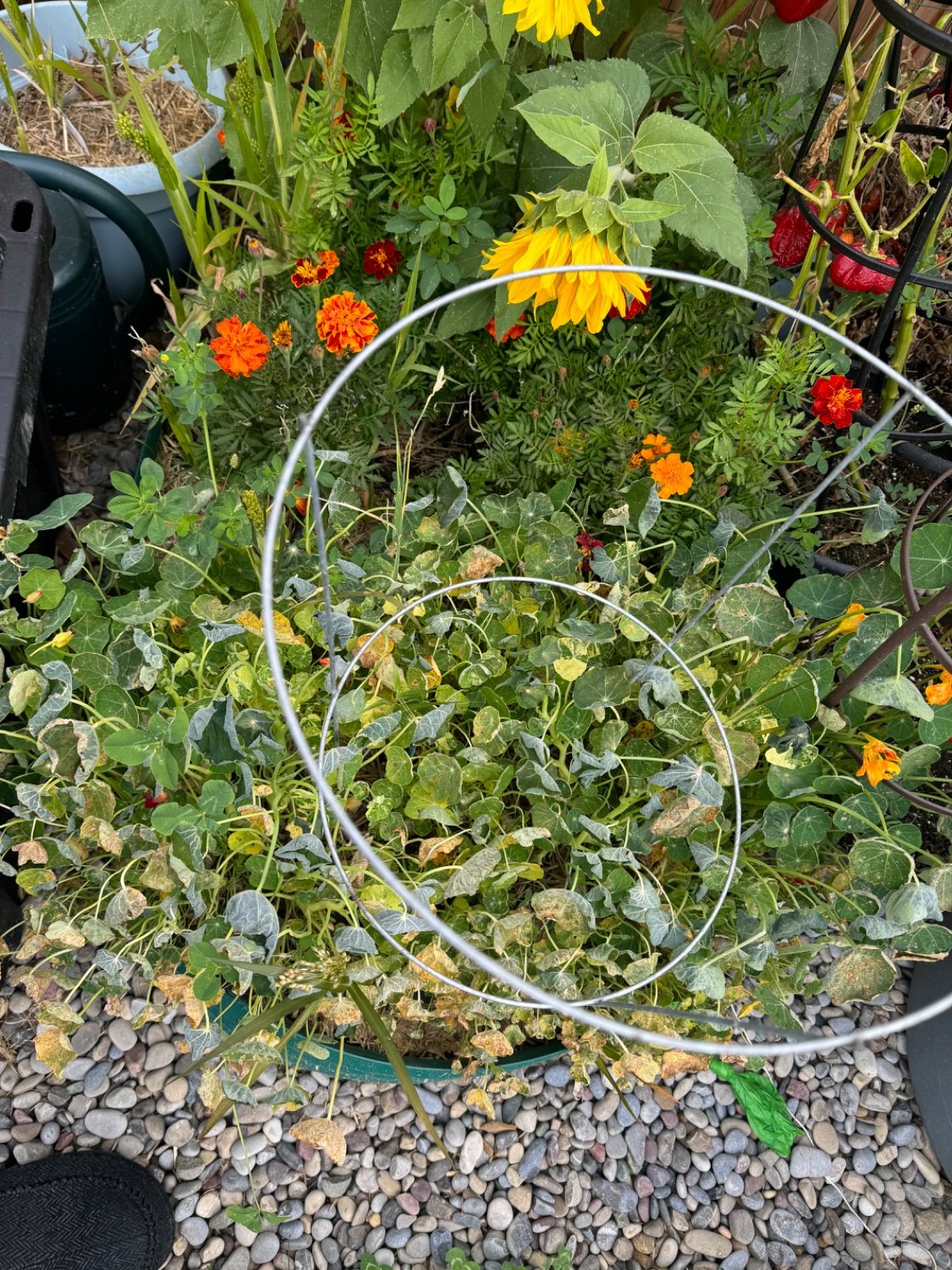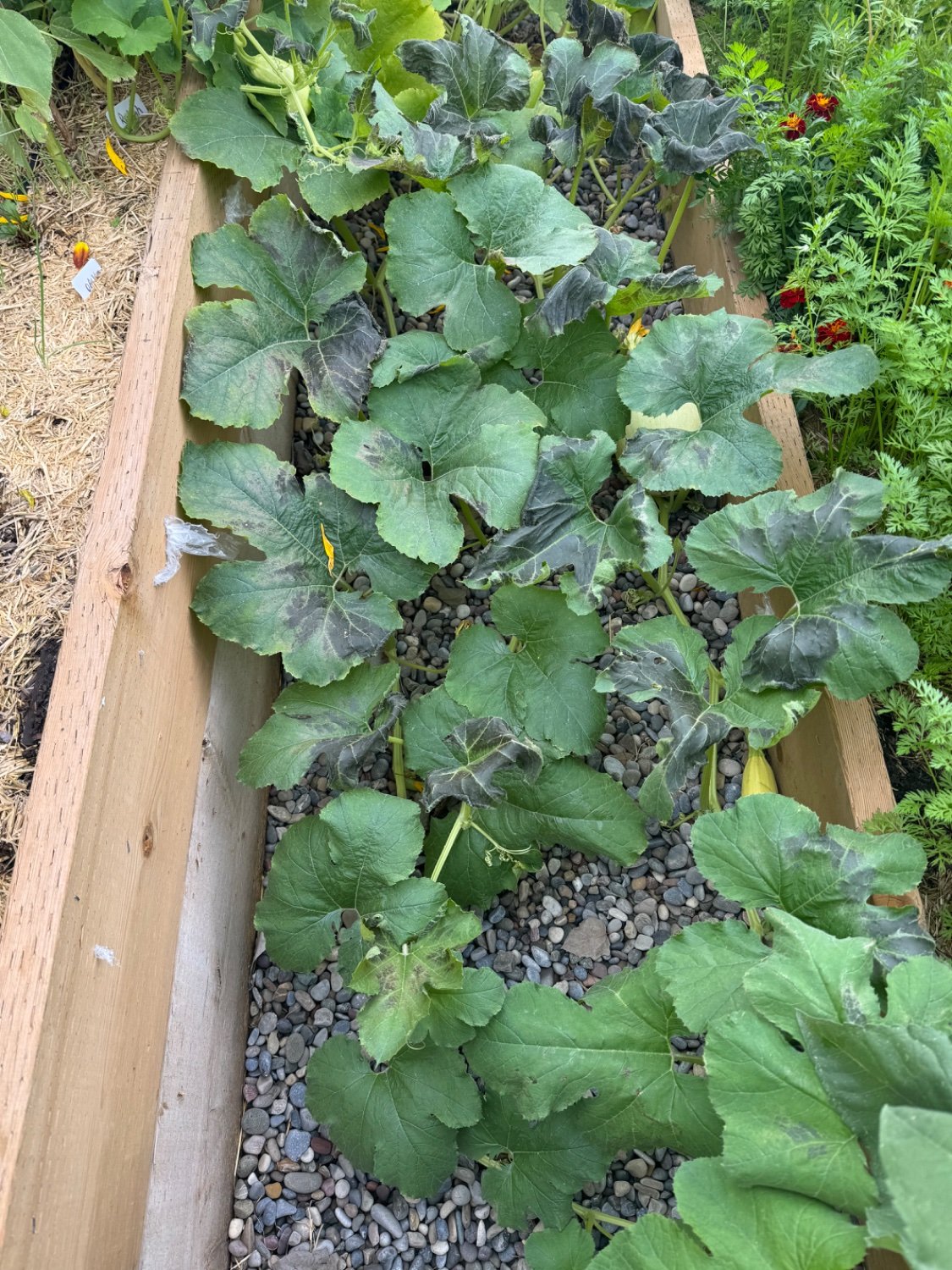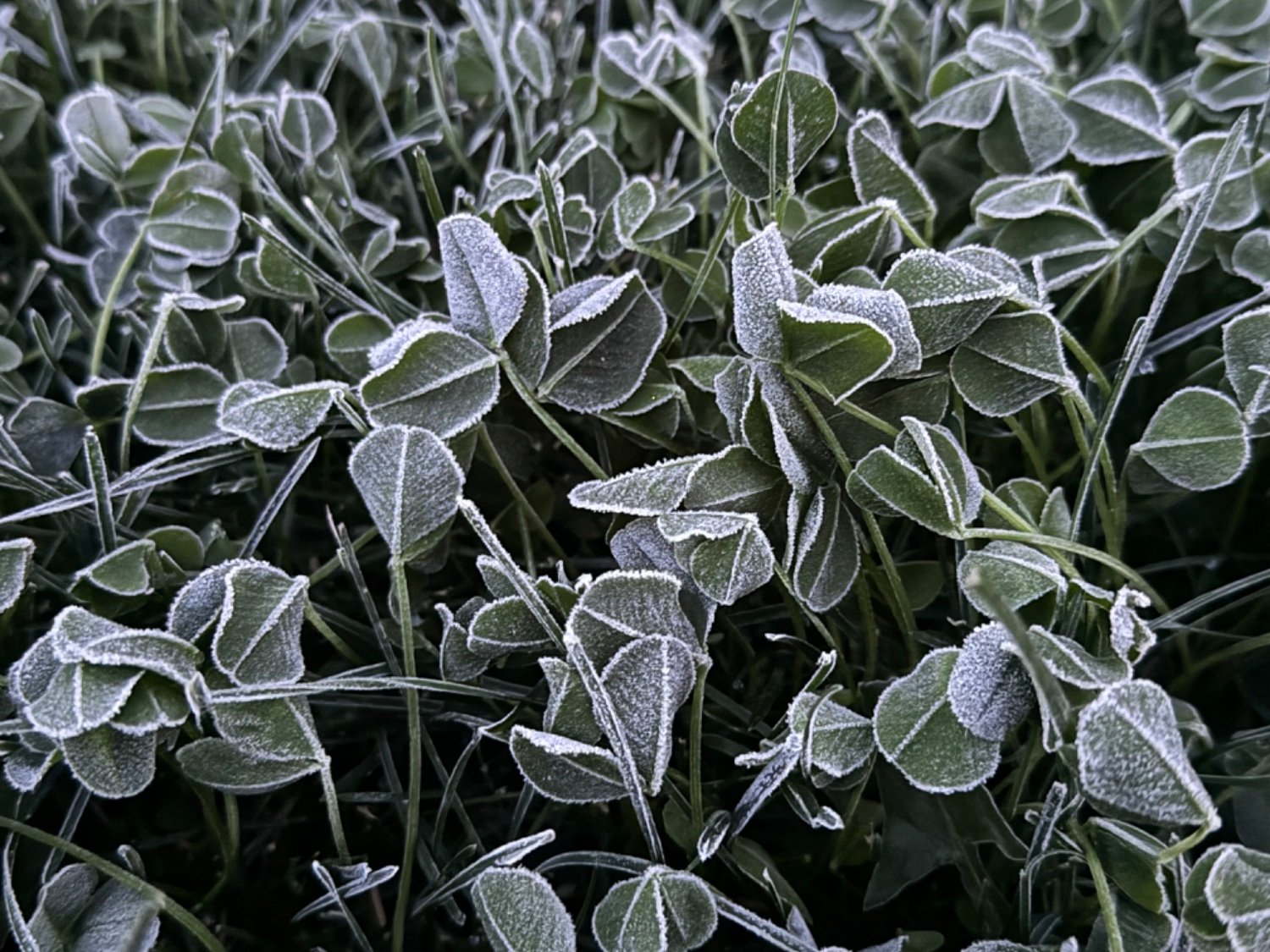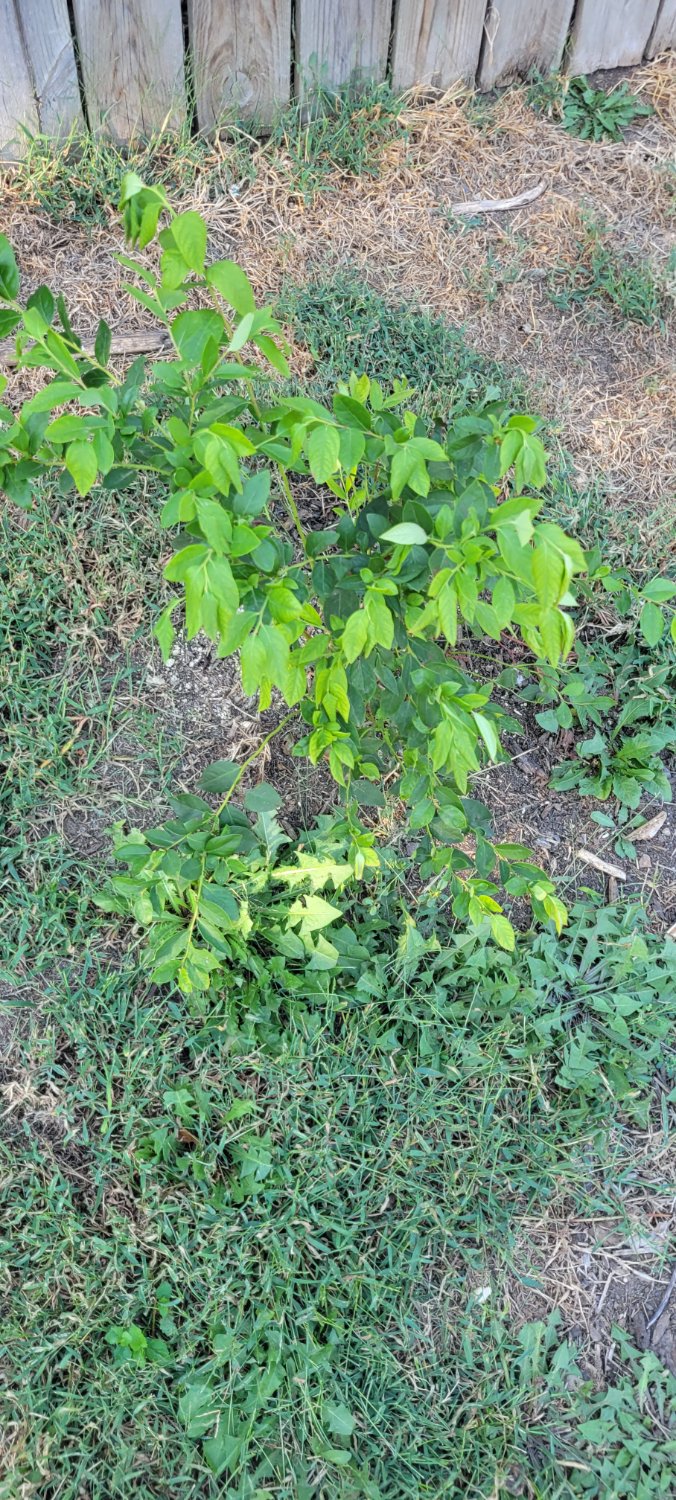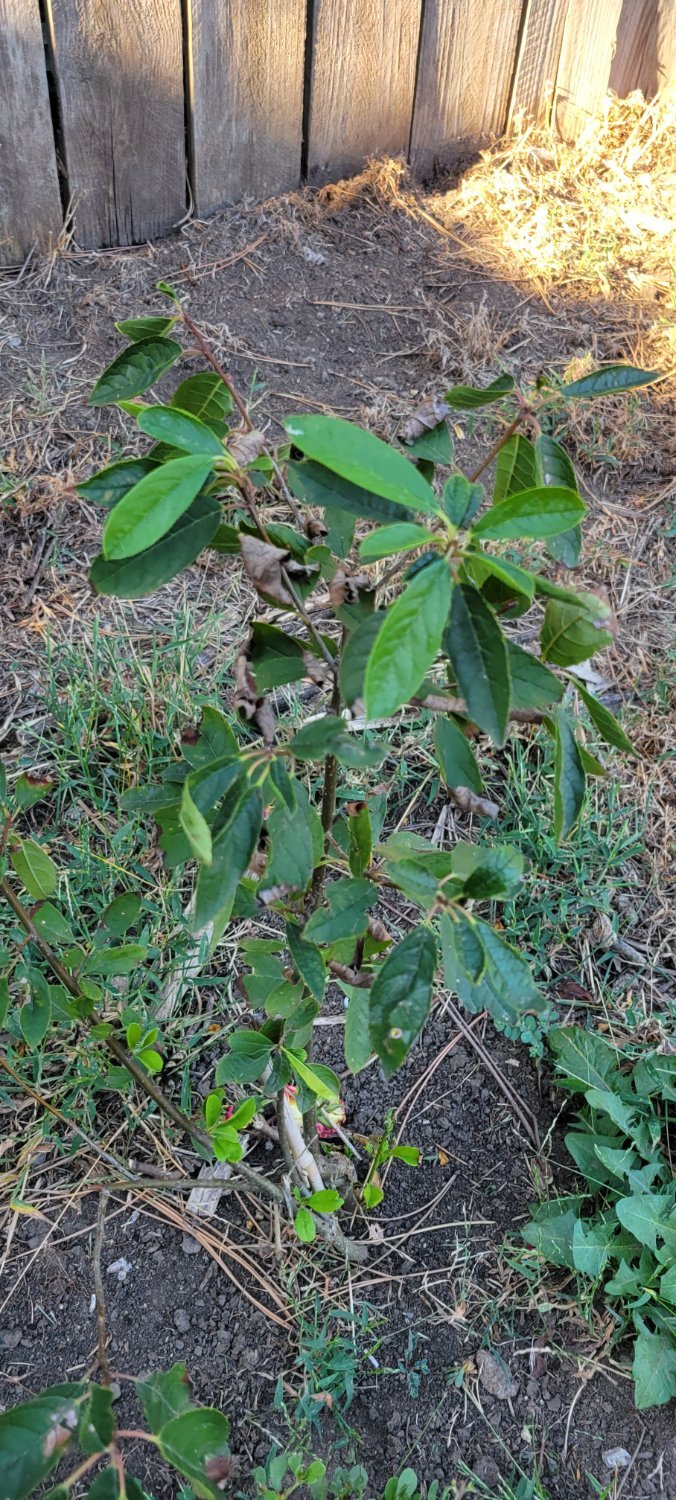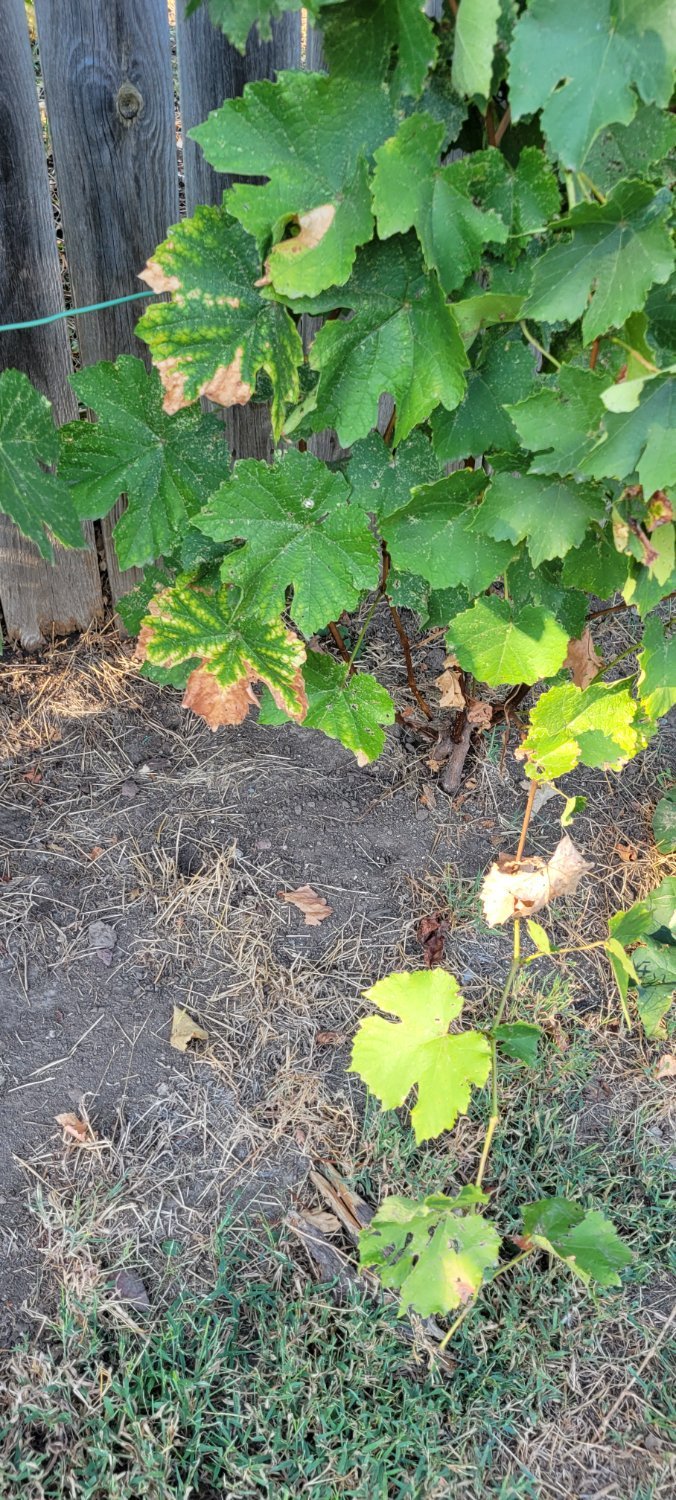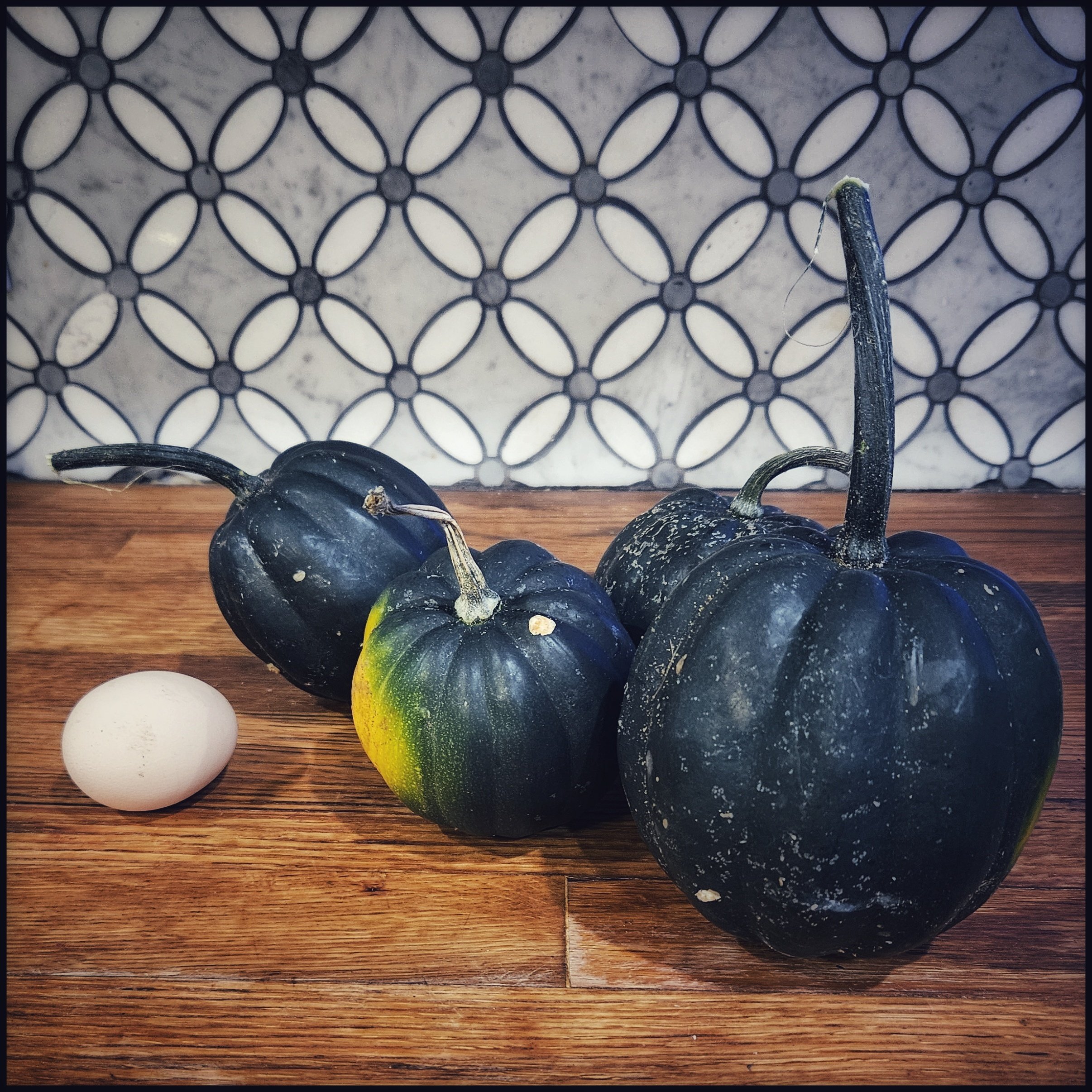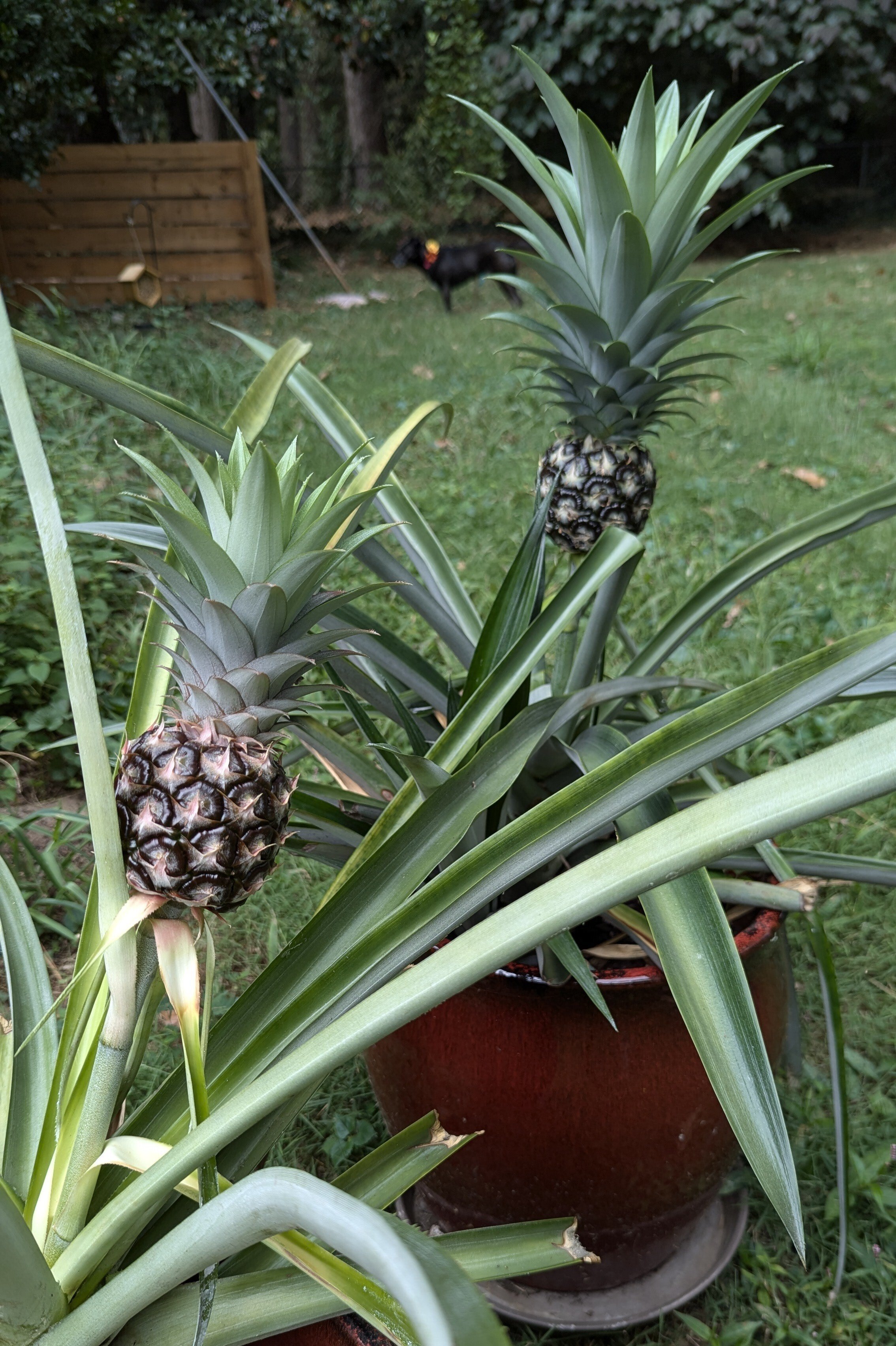This is another appreciation-post on how awesome semi-hydro/ LECA can be.
Today, I want to show you how my propagator dome works and how to build one for yourself very easily!
TL;DR
- It uses inorganic media like expanded clay pebbles, Seramis, pon, perlite, or whatever you choose.
- You fill small modified cups with the media and then place your seeds or cuttings in them.
- The media is completely inert and can be sterilized, so you don't have to worry about mold, fungus gnats, or whatever!
- You can't over- or underwater it, it's always moist, but very well aerated.
- This is my personal aerocloner-killer!

Why I build it (backstory)
I've always had trouble getting seeds started, especially for soil plants.
They almost always got moldy and the success rate was low, especially due to waterlogging.
And because I didn't want to mix soil with hydroponics, I had to search for an alternative.
Some people use rock wool for that, but I always found it too expensive and impractical.
Propagation via cuttings has also been hard for me. Like most people, I started with just a glass of water, but this very often caused rotting due to a lack of oxygen.
So, I built an aerocloner this year.
This is basically an aeroponic cloning unit, where cuttings are placed in, which get sprayed with small droplets all the time.
It worked really great, but my main issue with it was the noise. It needs an air pump running 24/7, which I found annoying.
I also needed a separate dome just for seeds, which feels redundant.
Many people also just place their cuttings into peat or coco, and they root very well too, as long as they get enough oxygen.
How it works
All semi-hydro substrates have some intrinsic wicking capabilities due to capillary action.
This means, that if they stand in water, it gets drawn up all to the top, making the whole medium moist.
In between (and IN) the beads is a lot of empty space. Media like those can only store 30% water or so in their pores, and the rest is air. Air the roots need to breathe!
This means, that the LECA is always wet, but never water logged or compacted like coco, soil or other organic media can be!
Advantages
- Inorganic media are inert, they don't decompose or get eaten by mold or bugs
- As long as you refill the water in the tray once a week or so, you don't have to worry about too dry conditions, both the substrate and the air humidity. And even if you forget to water, it will stay moist for more than a few days after it has run dry.
- No waterlogging (anaerobic conditions due to overwatering) possible.
- Roots are already adapted for both soil AND hydro environments.
- No fungus gnats or other bugs, because they can't eat or live in the hostile substrate.
- Added stabillity for cuttings.
- No spillage, no mess.
- The LECA beads are very easy to remove without harming the roots.
How to build it yourself and use it
What you'll need
- A humidity dome/ seedling starter (available everywhere)
- A bright spot, e.g. your grow tent or windowsill
- (Optional: heating mat)
- A few small cups with lids, optimally made out of HDPE or PP
- A nail, lighter and something for holding
- Destilled water
- LECA or another medium. I like LECA with a small size (4-8 mm) the most for this use case, especially for cuttings.
Preparing the cups
- Separate the lid from the bottom
- Heat a nail and melt a few holes into the bottom. They can be very small, and 4 are sufficient. Try to make the edges as smooth as possible. Too many holes can make removing the roots harder.
https://slrpnk.net/pictrs/image/72fc6f2a-56b0-4f69-afe2-368fb6abf0cc.jpeg
- Burn a hole into the lid and but a section off. Otherwise, it will be hard to remove.

- Fill it up with your medium
- Turn it around, take your cutting and push it into the hole while shaking lightly. That way, the stem will just slide into it without effort. Turn it again and give it another small shake. The medium is now locked up and the cutting can't move.

How to use
- Moisten the LECA with a spray bottle. If they are dry, the wicking won't work as great or will take longer.
- Try to water the tray, not the top of the substrate at first. Fine seeds might get washed out otherwise.
- You can just sow the seeds directly onto the substrate and put the lid on it.
As soon as they germinate, the roots will "burrow" themselves very lightly into the pores of the hydroton and be fixed there.
- Some heating from below with a heating mat is beneficial
Here are some pictures of a cactus (right after germination) and some cuttings (Tradescantia, hops, Ctenanthe) I made just a few days before:












